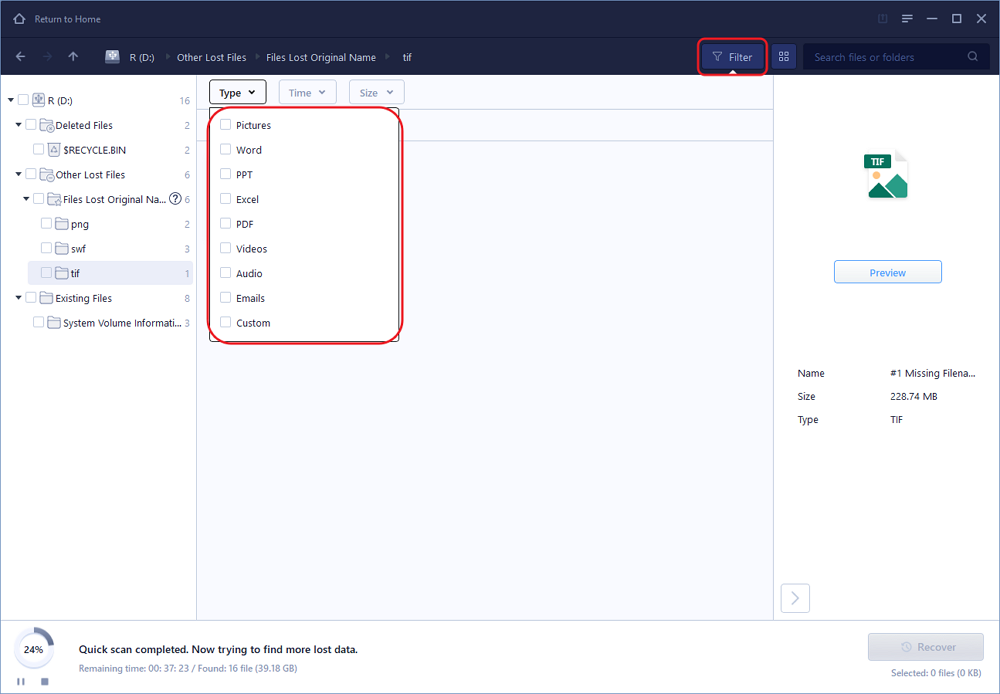Flash Usb Repair V2 9 1 1 Zip System

If you have purchased a ' fake' flash drive (one that has been 'clocked' so it reports a larger capacity than it actually is), then although a factory utility described below may appear to fix it and correct it so that it reports it's true capacity, it will probably fail at some time in the future, as these devices often contain defective memory chips which failed the manufacturers tests and were sold off as defective 'reduced capacity' Grade C stock (or just pinched from the dustbins behind the factory!). Before using the tools mentioned in this Tutorial to reprogram your USB drive, check that it is not a 'fake' USB drive by running. WARNING: your USB drive may still be 'bad'. Many of these factory mass-production tools do not test the memory very well at all. The Alcor tool in particular does not. You can usually get a clue as to how thoroughly they test the memory by how long it takes the utility to program the controller and format the memory.
Sven bomwollen game download. If it only takes a few minutes for an 8GB USB stick, then it is not thoroughly testing the memory! For this reason you are strongly advised to TEST THE USB STICK after using an MP tool, by using RMPrepUSB Quick Size Test first - and if this passes, run H2TESTW on the formatted, empty USB stick.
How to Repair a USB Flash Drive. This wikiHow teaches you how to fix a malfunctioning flash drive. Scanning and Repairing. Reformatting the Flash Drive. It's below the 'File System' heading near the top of the page. Image titled Repair a USB Flash Drive Step 29. Click Start, then click OK. Try it to repair and format Apacer USB flash drive without losing data whenever you have formatting problem, write-protected issue or accessing trouble with the device. Connect your Apacer USB flash drive to PC. Configure the label you want in the Partition Label box and then select a file system in the 'File System' drop-down list.

I completely hosed a few SanDisk Cruzer Micro USB 2.0 2 GB Flash Drives at work when I deleted the original contents of the drives, installed the CruzerPro software that had shipped with some older Cruzer Professional drives, and then used the CruzerPro application to password protect the drives. This process rendered the drives completely unusable and unable to be formatted. The problems Clicking the drive letter in Windows Explorer returns the following error message: Please insert a disk into drive X. Attempting to format the drive returns the warning: There is no disk in drive X. Insert a disk, and then try again.
This is what the drives looked like once I’d thoroughly broken them. SanDisk U3 Cruzer Micro USB Device Properties The drive properties show: Type: Removable Disk File system: Unknown Used space 0 bytes Free space 0 bytes Capacity 0 bytes The Volumes tab shows: Type: Removable Status: No Media Partition style: Not Applicable Capacity: 0 MB Unallocated space: 0 MB Reserved space: 0 MB Opening the Disk Management component of the Computer Management console shows that the drive is connected, but there is no unallocated space to partition or format. Other things about the disk look normal. It shows up in the Device Manager as working correctly, without any warnings, for example. I Googled around and found that many, many people were running into this problem where the drive starts reporting 0 bytes capacity and can not be formatted.
Of the dozens of pages that I read, no one found a fix for the problem. The most common solution offered was to return the drive to the manufacturer for replacement. Well, I wasn’t going to publicize my mistake and return the drives, I was going to repair them. Software that didn’t help Feel free to skip this part if you’re not interested in reading about the many dead-ends I explored. I knew of one nifty program that had helped me out a few times before, so I tried running the, but attempting to format the drive with this utility returned the following error message: There is no media in the specified device. Someone suggested using this thing called “Apacer Repair v2.9.1.1” to reformat the drive, so I tried that, but the software only reported “USB Flash Disk not found!” when I ran it. Someone else recommended FreeCommander, but that failed to open the drive, too.